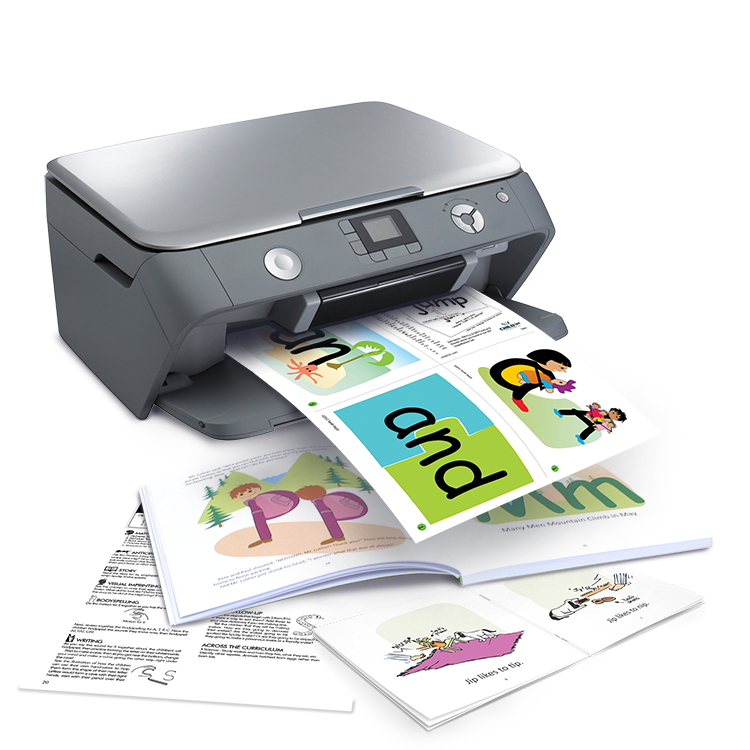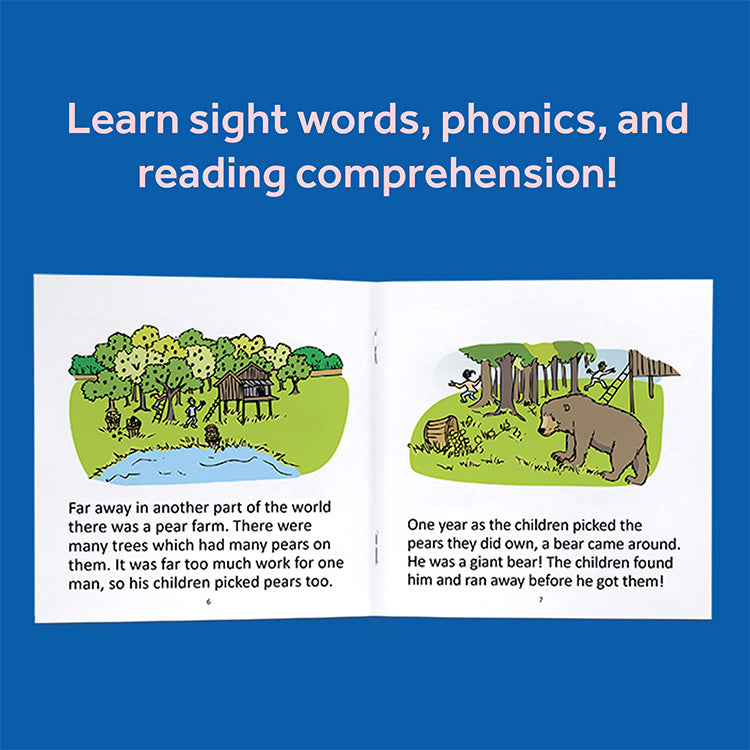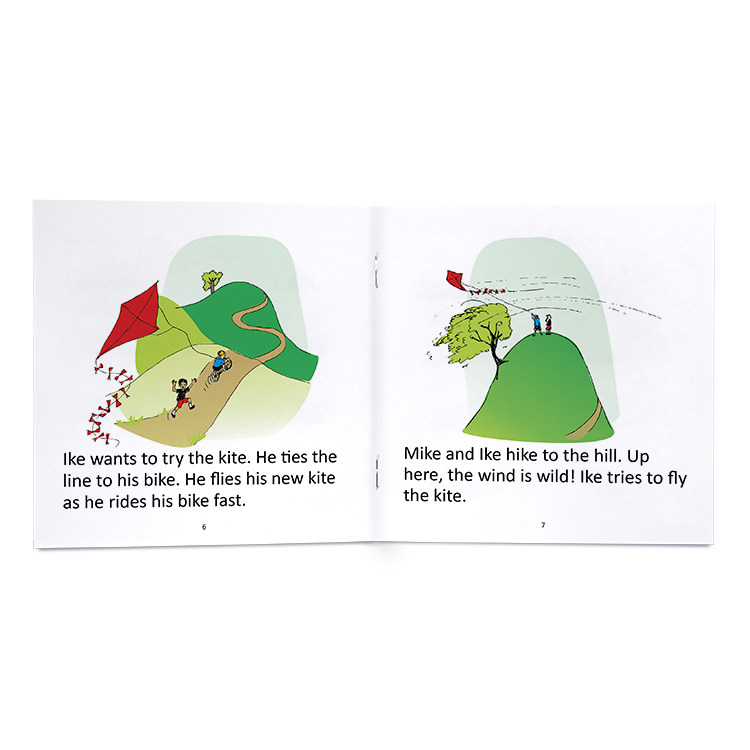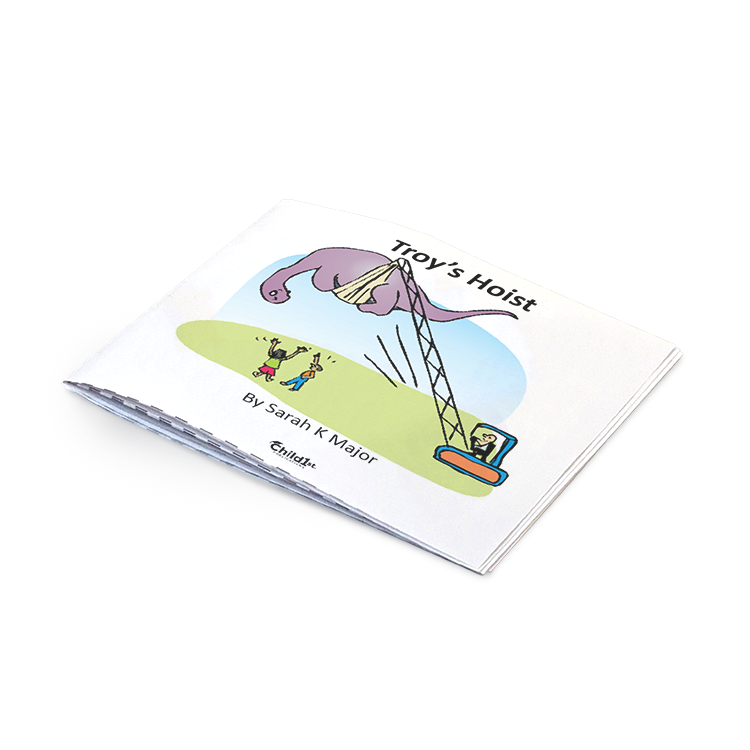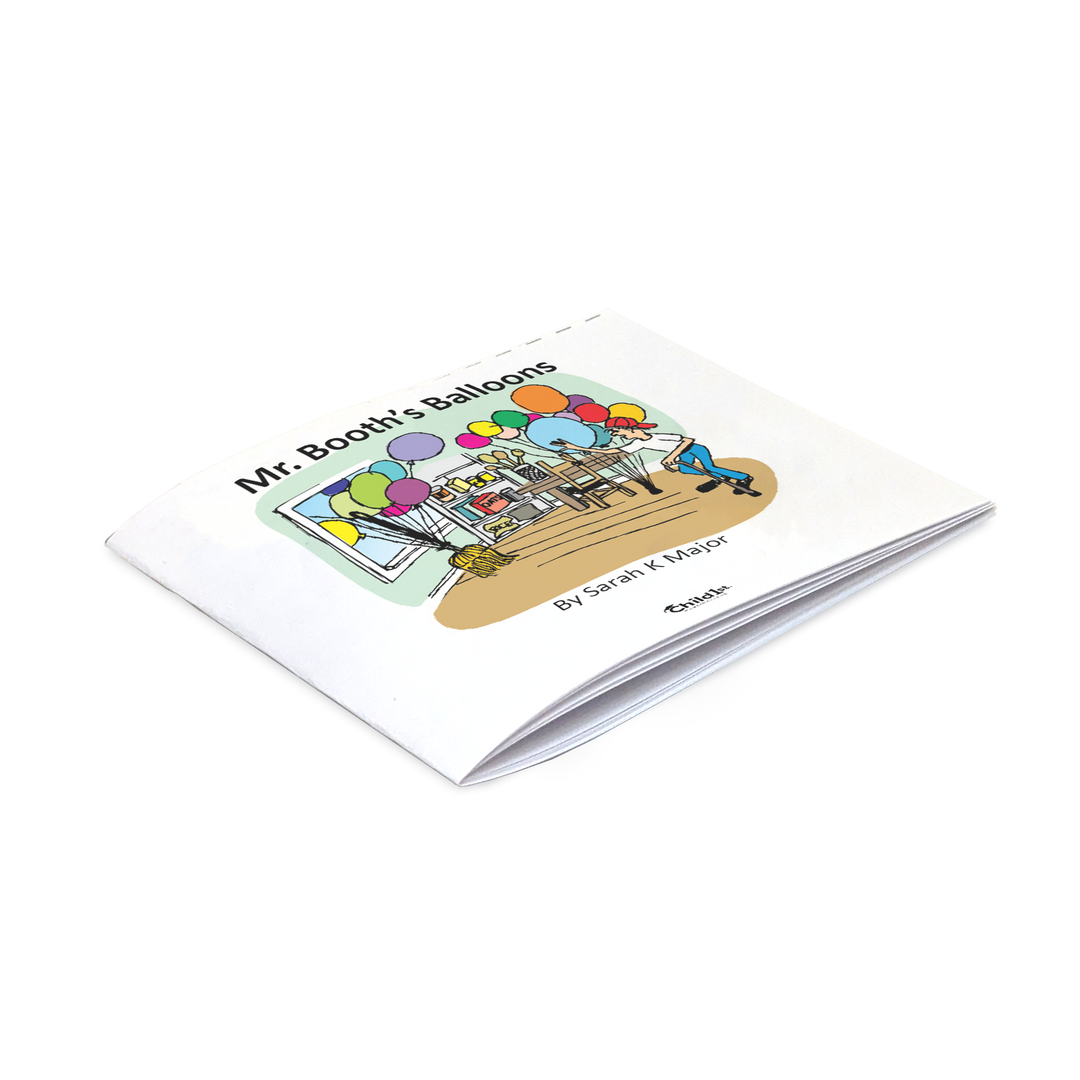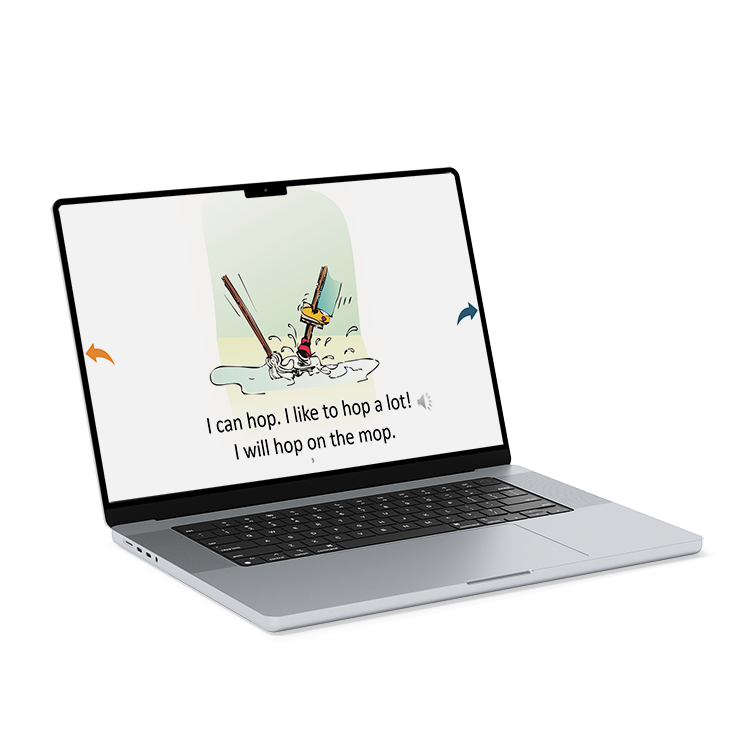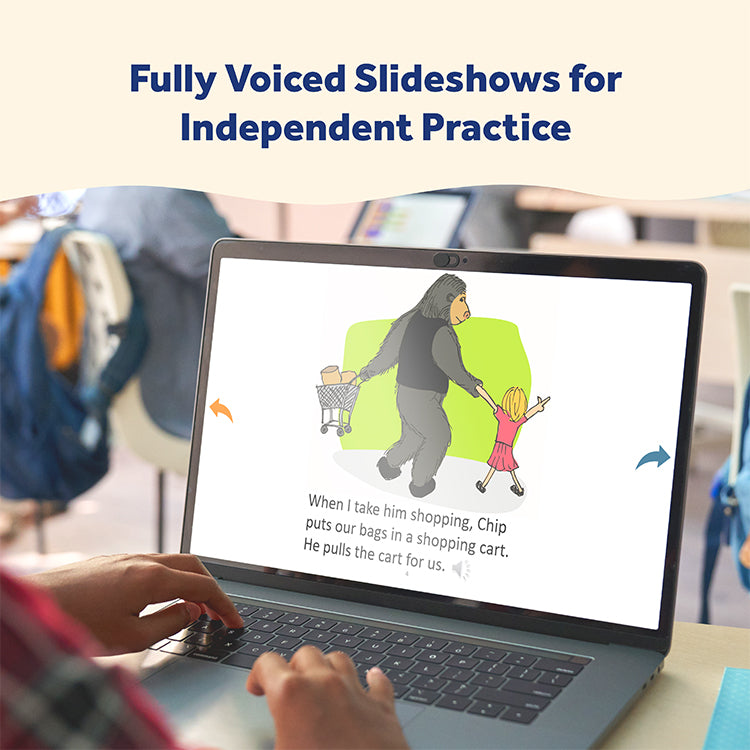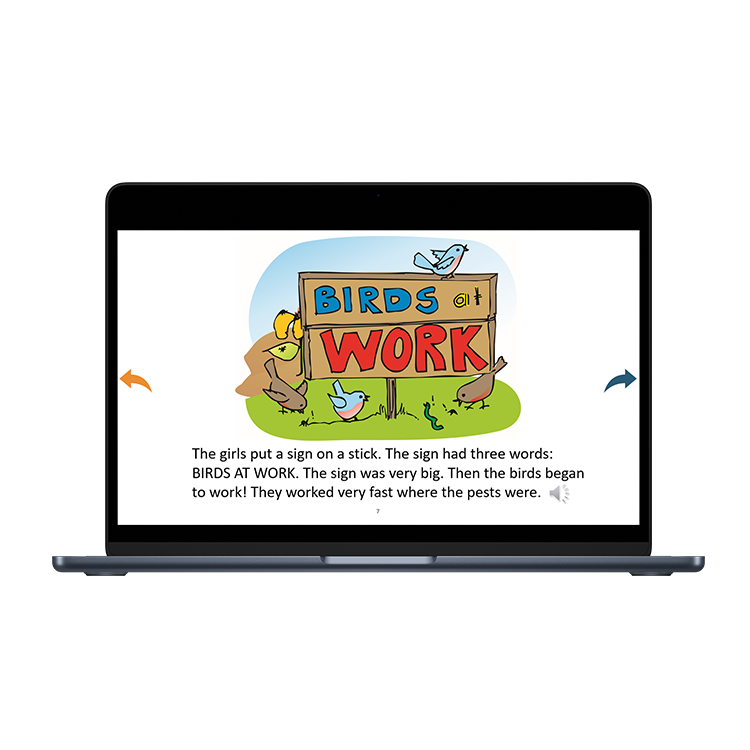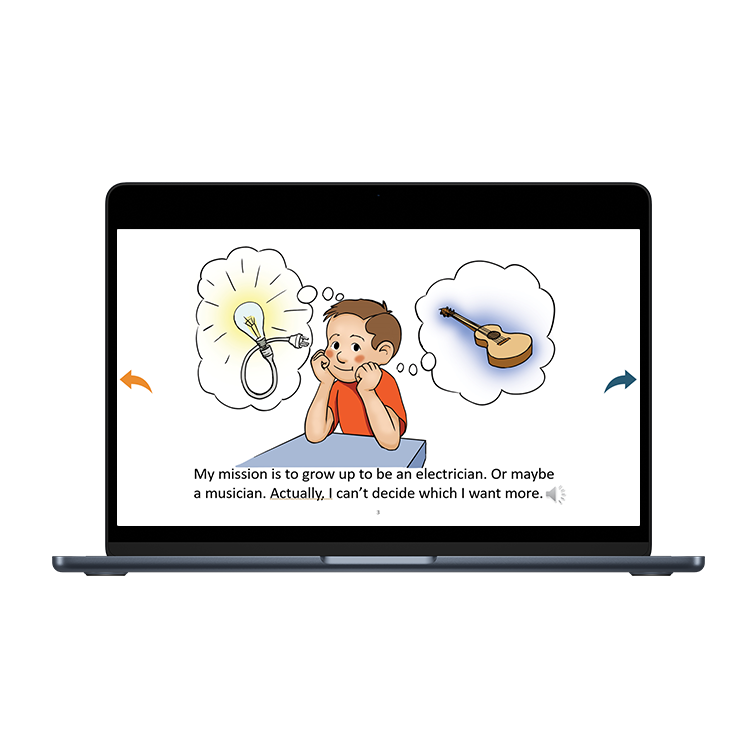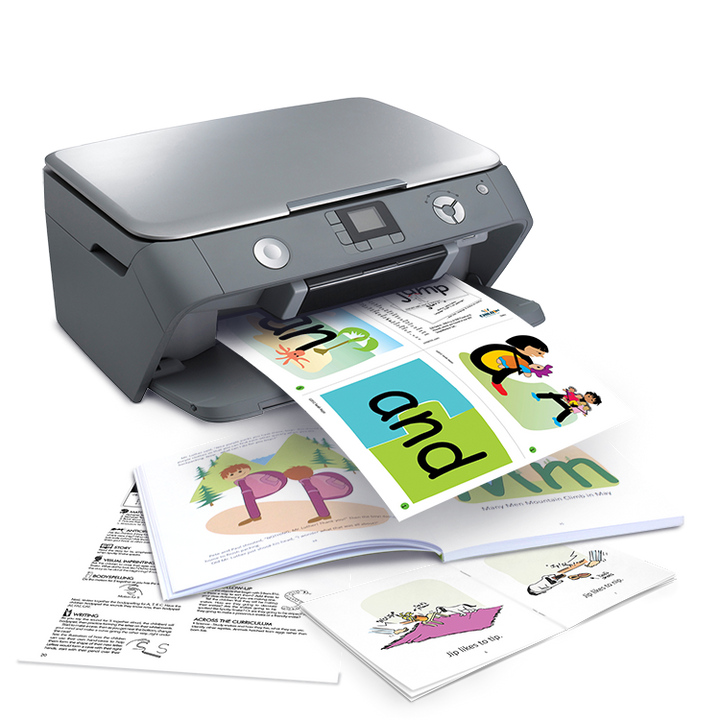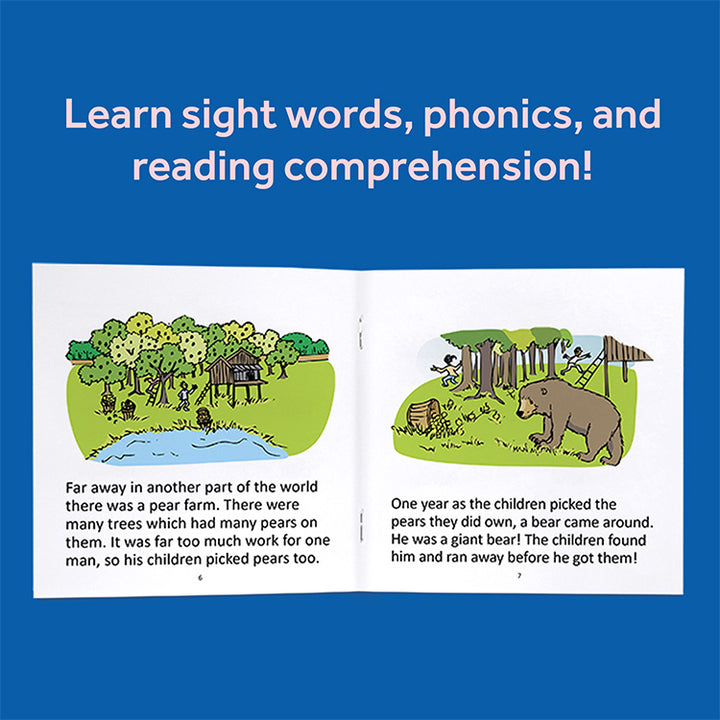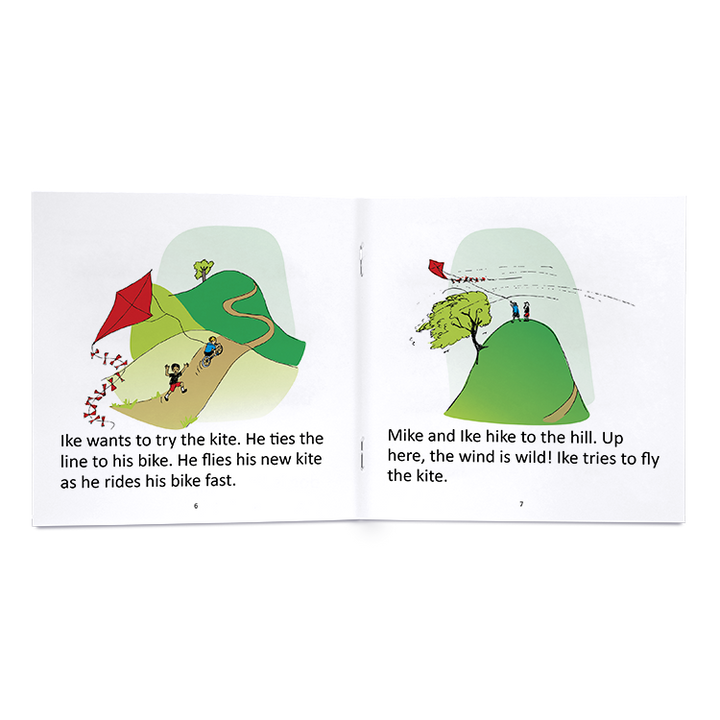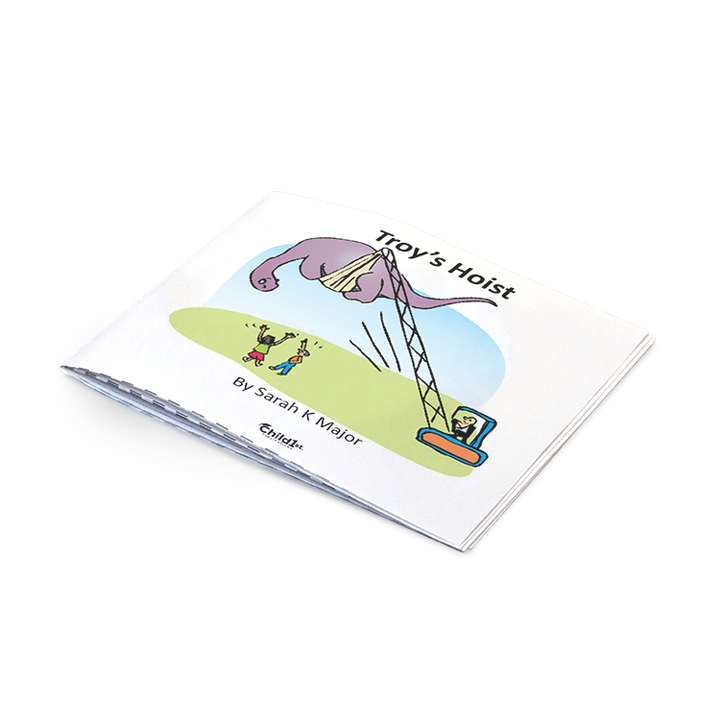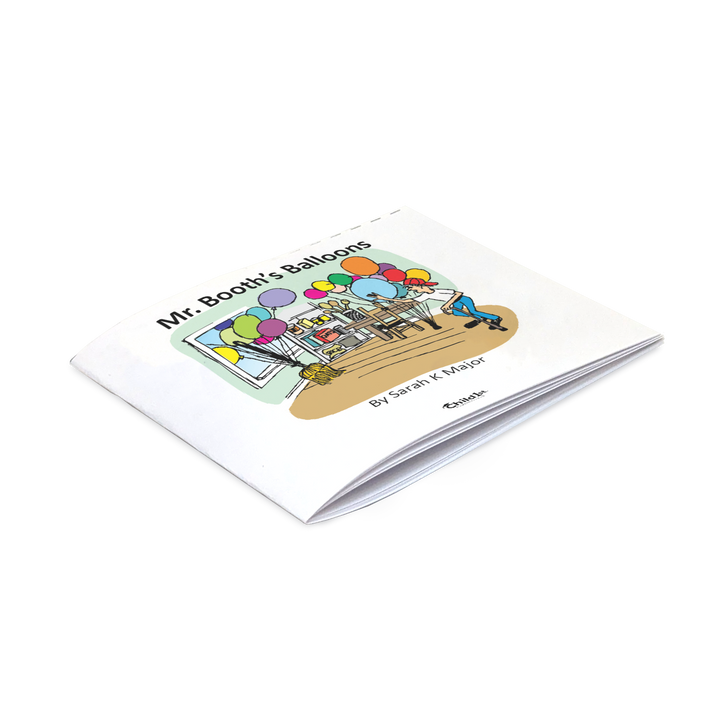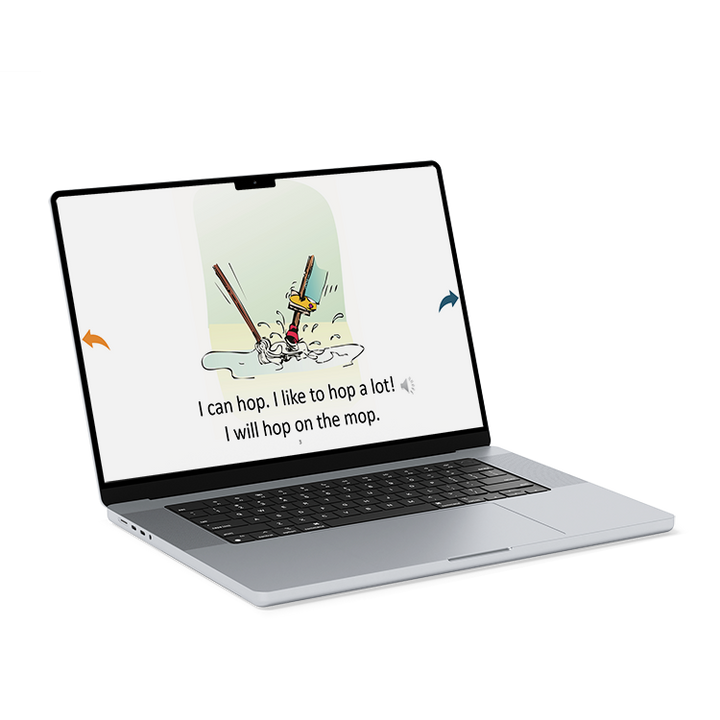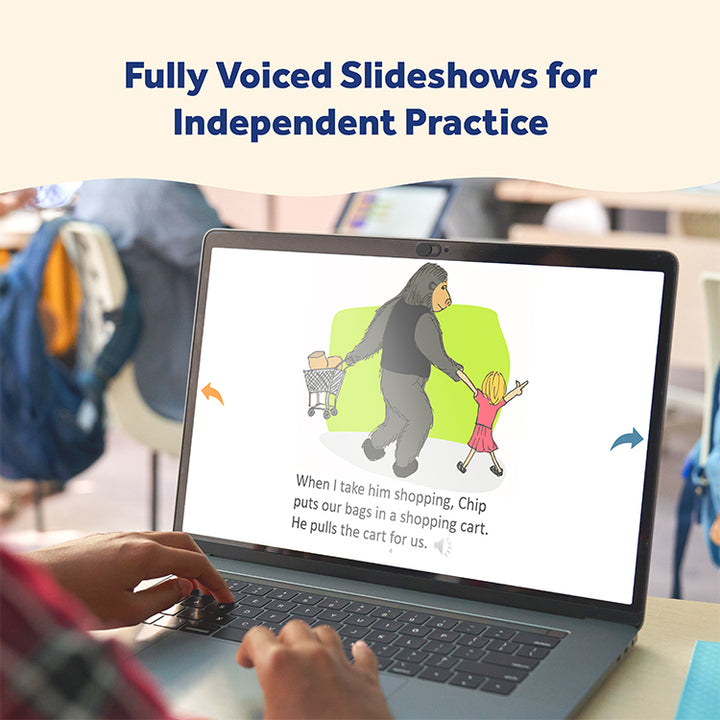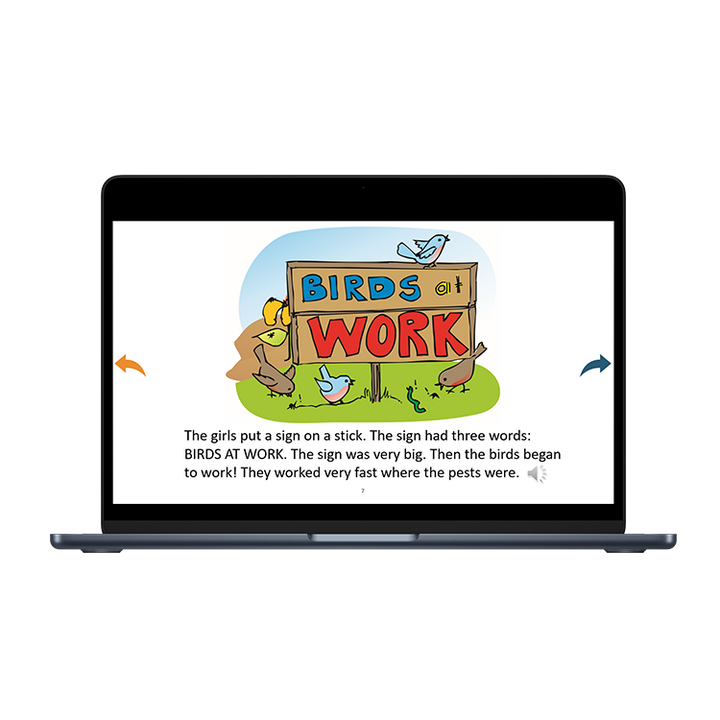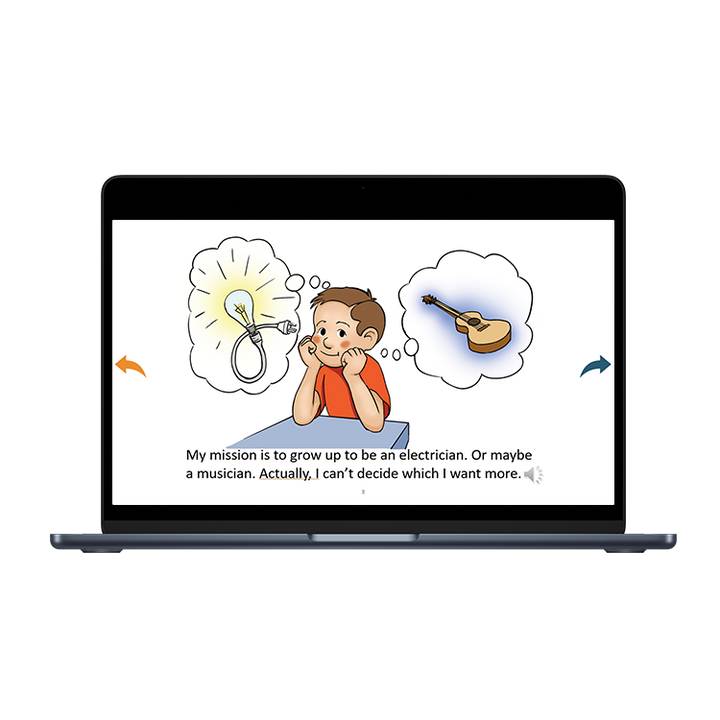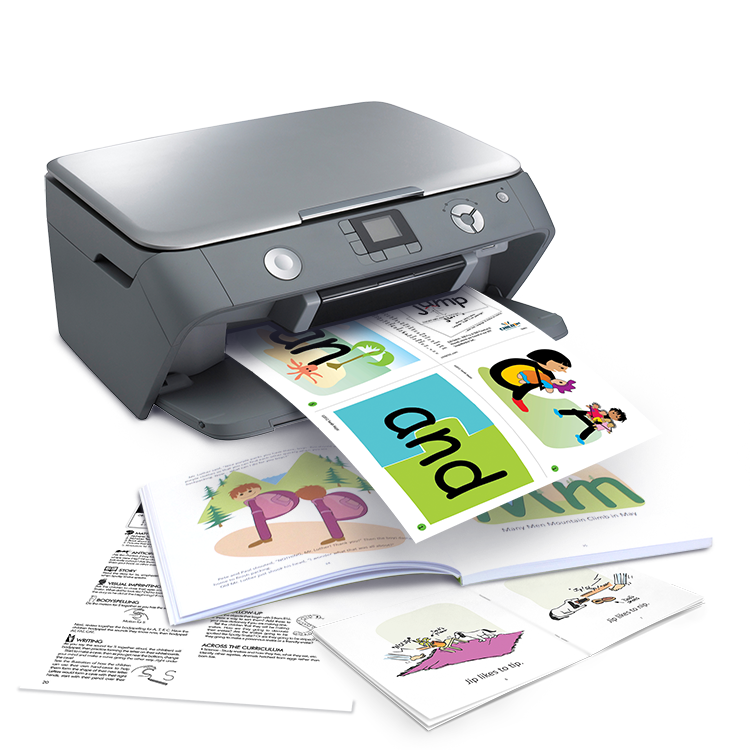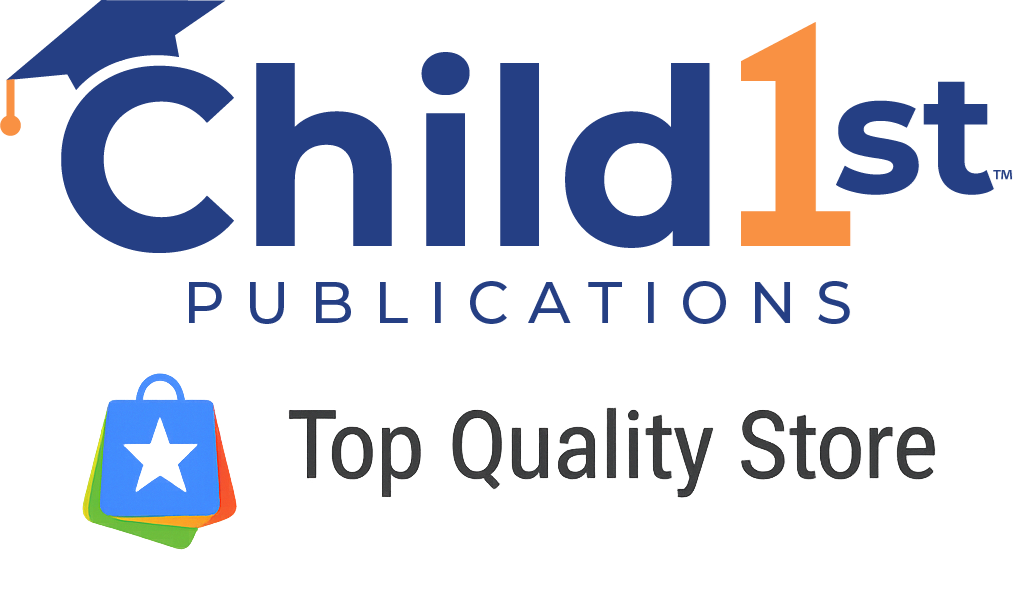Embarking on the journey of learning to read is a profound transformation for young children, necessitating a shift from natural oral communication to decoding symbols—words and sentences. In their early years, children communicate meaningfully through stories, vividly envisioning them in their imaginations. The challenge lies in bridging the gap from spoken communication to deciphering abstract symbols on a page, a leap Child1st is passionate about facilitating seamlessly.
As children enter school with well-developed oral language skills, challenges arise in transitioning to working with abstract symbols (words) for reading and comprehension. Child1st’s Easy-for-Me™ Reading resources address this challenge by providing mental images as children learn to read, ensuring a smooth and natural process without unnecessary struggles.
Acknowledging the neurodiversity of children is crucial, with processing styles varying from strong left-brain processing to strong right-brain processing. Left-brain processors find learning to read easier, adeptly handling symbols. Conversely, right-brain processors think in pictures and learn holistically, requiring a visual understanding of whole words before breaking them down. Many right-brain processors benefit from understanding the purpose before engaging with the steps in reading instruction.
Teaching reading at this developmental stage aligns with the rapid development of children's right hemispheres. Right-brain-friendly teaching methods are effective for all children simultaneously, whereas traditional left-brained methods create a mismatch for those still in the right-brain developmental stage, making the learning process unnecessarily challenging.
Easy-for-Me™ Reading, a versatile and accessible tool for teaching reading, can be embraced by anyone. The provided directions appeal specifically to right-brain learners, making the learning process seamless. Positive responses from children using this approach demonstrate its efficacy in bridging gaps for young learners, transforming abstract, left-brain content into meaningful, right-brain-friendly material.
This program uniquely combines sight word instruction with explicit, systematic phonics instruction, recognizing the importance of both elements for emerging readers. The reading lessons are inherently multi-sensory, catering to diverse learning styles, making it an ideal choice for children with various challenges. The integration of SnapWords® into the curriculum further enhances reading fluency and comprehension, providing a robust foundation for effective reading instruction.



